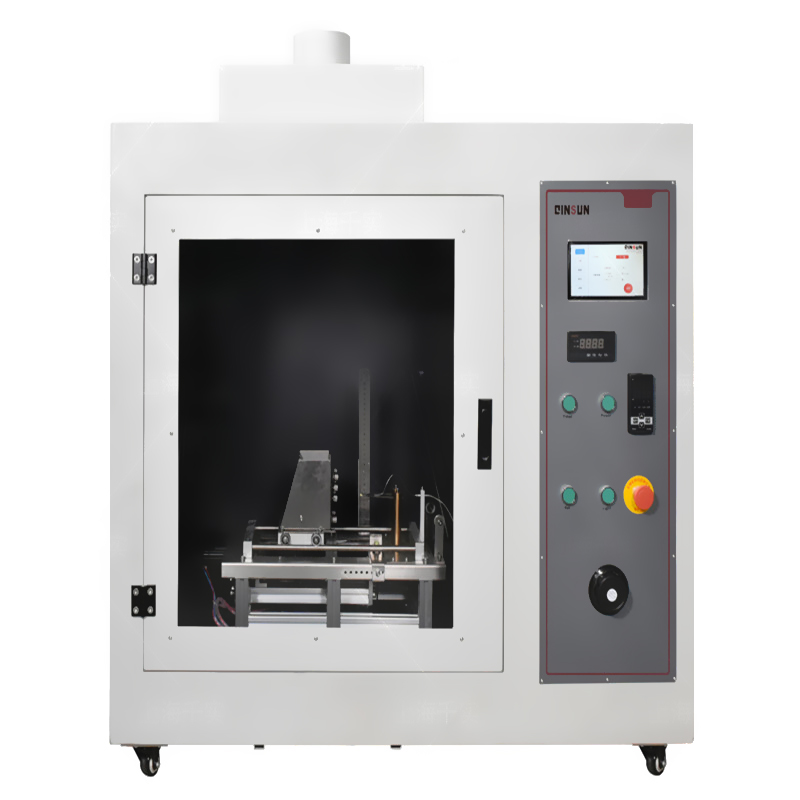F242 Glow Wire Tester Operation Procedures and Calibration Specifications
F242 Glow Wire Tester uses simulation technology to assess the fire hazard caused by heat stress in a short period of time due to heat sources such as hot components or overload resistors. It applies to electrical and electronic equipment and its components and parts, as well as solid electrical insulating materials or other solid combustible materials.
Qinsun Instruments Co., LTD, established in 2012, focuses on the research and development, design, and production of textile testing instruments. It provides textile testing instruments and services to academic research units and testing institutions. Qinsun is currently one of the most competitive and R&D-capable manufacturers of textile testing instruments in China, with an R&D team composed of experienced engineers. We are dedicated to serving our customers with all our hearts and striving to promote technological innovation in textile testing instruments.
Reference standards:
IEC 60695, GB/T 5169.10-2017, GB 4706.1, UL746, IEC829, DIN695, VDE0471

Test parameters:
1. Glow wire temperature: 500~1050°C±2°C continuously measurable
2. Glow time: 0-999.9s±0.1s, adjustable (generally selected as 30s), automatic recording, manual pause
3. Extinguishing time: 0-999.9s±0.1s, automatic recording, manual pause
4. Thermocouple: Φ1mm imported armored (K-type thermocouple
5. Thermocouple wire diameter: 0.4mm nickel-chromium wire
6. Glow wire: 4mm nickel-chromium wire
7. Scalding depth: 7mm±0.5mm
8. Sample pressure: 0.95±0.1N
9. Test speed: 14mm/s
Operational procedures:
1. Preparation:
Make sure the glow-wire tester is placed in a stable and well-ventilated place and connected to the power supply.
Check whether the glow-wire is intact. If damaged, replace it in time.
Prepare the sample to be tested and pre-treat it according to the standard requirements.
2. Set the test parameters:
Set the temperature of the glow-wire according to the test standard.
Set the pressure applied to the sample.
Set the test time.
3. Install the sample:
Fix the sample on the sample holder of the tester to ensure good contact between the sample and the glow-wire.
4. Conduct the test:
Turn on the power of the tester and preheat the glow-wire to the set temperature.
When the glow-wire reaches the set temperature, press it on the sample with the set pressure and start timing.
During the test, observe the combustion of the sample and record whether there is flame generation, flame duration, whether the dripping material ignites the absorbent cotton, etc.
5. End of the test:
After reaching the set test time, the heating stops automatically and the glow wire is removed.
Turn off the power of the test machine and wait for the glow wire to cool down.
6. Result evaluation:
Based on the phenomena observed during the test, the flame retardancy of the sample is evaluated according to the test standard.
2025-01-08 11:13
